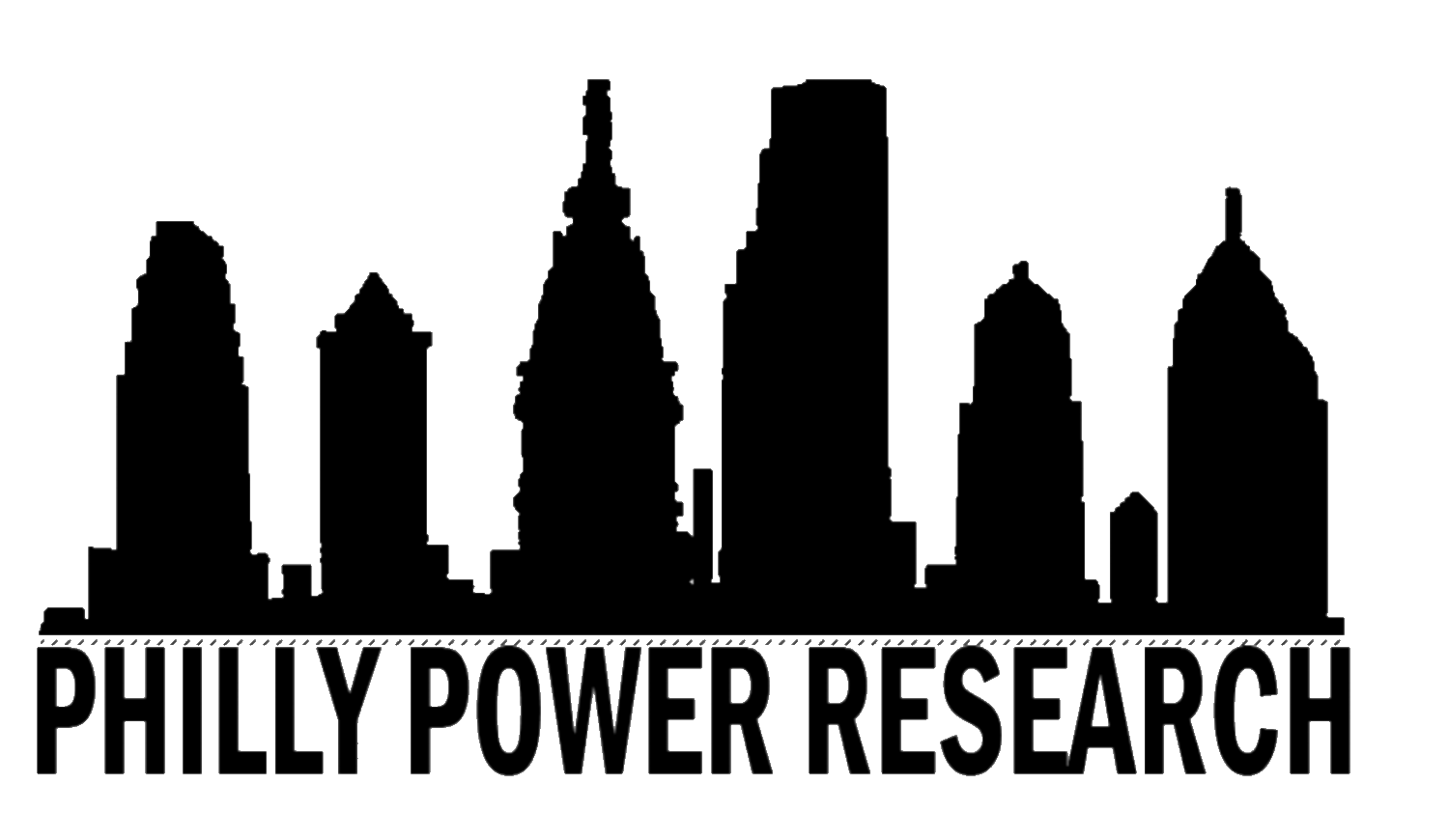Money for Healthcare and Harm Reduction, Not Police
Fund Treatment,
Not Trauma
- Mobile Crisis Units
- Behavioral Health Services
- Safe Consumption Sites
This post is part of Philly Power Research's “Beyond Policing” series. This series is continuing work that was previously led by Movement Alliance Project (MAP) over the past two years exploring how Philadelphia can invest in our communities to improve public safety instead of investing in policing. MAP's "Safety We Can Feel" campaign included a survey of 1300 Philadelphia residents and dozens of interviews on how to build strong, healthy, and safe communities.
Using police as the primary response to mental and behavioral health crises is dangerous. People who are in the midst of a crisis, which may co-occur with substance use, can exhibit unpredictable behavior and instability that may appear threatening[1] - and police are trained to handle threats with force, not support, care, or understanding.
Police are frequently seen as the best response to handle crises because people suffering from mental illness or substance use may appear violent or dangerous, but in reality most people experiencing these crises are more at risk to be victims themselves than to harm anyone.[2] The presence of armed police officers, often with little training in responding to mental health or substance use crises, can further escalate situations, increasing the level of danger for all those involved.
Since 2007, the Philadelphia Police Department has used Crisis Intervention Teams for behavioral health crises, but as of October 2020, less than half of its officers had actually been trained in this crisis response.[3] Francis Healy, Special Advisor to Philadelphia Police Commissioner Danielle Outlaw, even publicly stated that though police “may not be the best response” to issues like behavioral health crises, they have still “over years, been tasked with assuming more and more responsibility because we are the only people available 24/7.”[4]
In 2015, the Washington Post conducted a national study of police shootings and found that 25% of those shot and killed by police were experiencing a mental or emotional crisis.[5] Another report found that almost half of those killed by police are living with a disability, often because in a moment of crisis those with disabilities are wrongly assumed by police and others to be dangerous.[6] Without comprehensive and accessible mental health resources, those with mental health needs are more vulnerable to deadly police encounters: “People with untreated mental illness are 16 times more likely to be fatally shot during an encounter with police than people with their mental illnesses under control.”[7]
Poverty, lack of universal healthcare, red tape in accessing insurance coverage, and inadequate language accessibility for services offered by the Department of Behavioral Health and Intellectual disAbility Services all make it harder for people to get the care that they need to support mental health. Yet, following the shooting by Philadelphia police of Walter Wallace while he was experiencing a mental health crisis in October 2020, Mayor Kenney and City Council responded not by increasing funding for behavioral healthcare or crisis response, but by sending more money to the Philadelphia Police Department to purchase $14 million worth of Tasers.[8]
The following spring, while community members and behavioral health practitioners called for mobile crisis response units separate from the police, the City instead introduced a co-responder model, which pairs a behavioral health specialist with a police officer.[9]
Between 10-20% of calls to law enforcement actually involve a mental health issue, according to a report by the Treatment Advocacy Center.[10] By diverting these calls to mobile crisis units rather than the police, along with associated funding to respond to them, we could build systems that better support community safety while reducing the police budget. While the City does currently have a 24-hour crisis response hotline,[11] insufficient funding has caused there to currently be very long response times - averaging 2 hours - and calls to 911 involving behavioral health crises do not necessarily get routed to a non-police response.[12]
While the pandemic has overshadowed other public health crises in news coverage, Philadelphia also continues to be in the midst of a drug overdose crisis of enormous proportions. Over 1,000 people have died from unintentional drug overdoses each year since 2017, while the City has failed to take adequate steps to support harm reduction and safety. Attempts to create safe consumption sites have repeatedly been derailed, in part due to federal court rulings but also due to poor planning, lack of communication, and insufficient community involvement around the attempted roll-out of a proposed site in South Philadelphia.[13] [14]
This year, instead of demanding that pharmaceutical companies be properly held accountable for their roles in fueling the opioid crisis, the City signed on to a deal negotiated by PA Attorney General Josh Shapiro which will bring Philadelphia only around $186 million in settlement funds. Considering the scale of the crisis in Philadelphia, this falls far short of what it should be.[15]
In interviews with Movement Alliance Project, community members identified a number of behavioral health and substance use related programs and policies that the City could increase funding for, which would be more effective for improving community safety than increasing funds for policing.
What We Should Fund Instead of Policing:
- Mobile crisis response units, separate from the police, with 24-hour crisis hotlines and operation[16]
- Behavioral health providers in the 911 radio room
- More funding for home-based community services
- A simpler, central hub for mental health resources with improved language accessibility
- De-escalation trainings
- Trauma counseling support and therapy
- Safe consumption sites
- Harm reduction services
For more resources, visit the Philadelphia Treatment Not Trauma Coalition website.
[3] https://whyy.org/articles/philly-police-to-start-flagging-911-calls-that-involve-a-behavioral-health-crisis/
[4] https://whyy.org/articles/philly-police-to-start-flagging-911-calls-that-involve-a-behavioral-health-crisis/
[8] https://billypenn.com/2020/11/20/city-council-tasers-purchase-axon-walter-wallace-jr-shooting-west-philly/
[9] https://www.inquirer.com/news/philadelphia-police-mental-health-specialists-co-responder-unit-20210504.html
[11] https://dbhids.org/about/organization/office-of-mental-health/behavioral-health-crisis-intervention-services/
[13] https://www.npr.org/sections/health-shots/2021/01/14/956428659/in-philadelphia-judges-rule-against-opening-a-medical-site-to-safely-inject-hero
[14] https://whyy.org/articles/time-for-safehouse-to-ask-forgiveness-not-permission-on-philly-supervised-injection-site-experts-say/
[16] There is a $3.9 million increase in funding for mobile crisis teams in FY23.

